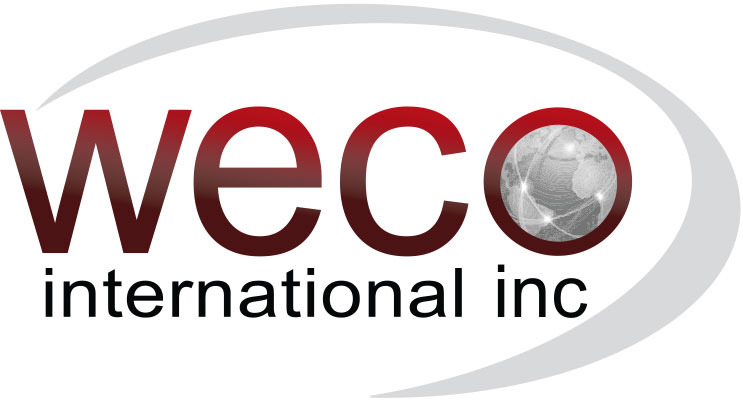Infrared heat sources reduce energy waste in composite curing
Cermicx has joined forces with Comeragh Composites in order to develop a structured composite curing test program. Findhan Strain of Comeragh Composites reports.
Both partners have realized the potential of infrared (IR) for a long time, having undertaken initial research into physical properties such as tensile strength, three point bending, impact resistance and other factors key to validating composite curing methods.
To date, this research has been fundamental in understanding how IR heat interacts with various fibers and thermostat matrices, most notably carbon fiber in an epoxy matrix.
However, it is now essential that engineers across the world understand that the results thus obtained can now be replicated by independent testing partners, using standard processing techniques.

In effect, we have proven that the effectiveness of IR in curing composite components cannot be understated. Real processing efficiency gains can be made and measured. Also enhanced material properties can be achieved. Both Ceramicx and Comeragh are really looking forward to having these matters independently assessed over the coming weeks.
Composite Curing
There are key differences in composites when compared to metallic materials. For example, we create the properties of the composite during the manufacturing process and do not rely solely upon the geometry of the material structures.
In fact, curing is the most critical part of any thermoset composites process. The polymer chains are formed during curing, thereby ‘setting’ the resin matrix. Even before the formation of such cross-links, the resin viscosity profile, rate of reaction and many other factors that are directly influenced by the heat work must be precisely controlled in order to produce a high quality, void free composite.
Carbon Epoxy Composites
The new Ceramicx test program aims to independently validate our approach to controlling this factors in carbon epoxy composite curing.
Figure 1 displays the relationship between time, temperature and viscosity of Cycom 5320-1; a typical Out of Autoclave (OOA) pre-preg system commonly used in the aerospace sector. The application of heat can control all of the key curves within this graph.
The blue line represents the programmed oven temperature of a typical convection oven.
In reality, however, what happens is that the temperature of the part itself will lag behind. See Figure 2 shows a typical lay-out of a carbon fiber laminate being cured in a convective oven. The thermocouple (T/C) at position 1 will typically read a lower value than at position 2.

Thermal conductivity through the part and tool causes this and also the overall mass of materials. Therefore, the blue curve in Figure 1 usually contains more curves as the lagging thermocouple catches up with the remaining cure cycle. This can lead to lower processing times and potentially warped parts, primarily due to uneven heating and the resulting residual stresses.
Figure 2 – T/Cs at 1 would be lower in temperature than at position 2 during heat-up
This lag also results in the addition of wasted energy to the system while the surroundings heat up and the heat eventually soaks into the part.
With IR-based heat sources this problem still persists as the thermal conductivity of the composite remains the same. However, less energy is wasted to the surrounding walls, tooling fixtures and tooling itself. And these differences are greatly reduced with a small degree of tool pre-heating – which again can be achieved more efficiently with IR based energy.
Viscosity Profiles
The red-line in Figure 1 is the viscosity profile of the composite resin system. This starts off as a viscous system in the pre-preg state; the application of heat to the composite then decreases the viscosity to a minimum point. This is prior to an exponential increase as the degree of cure (turquoise line) increases past the activation energy of the resin and cross-links begin to form. The application of heat to the component controls the slope of this viscosity drop and also the minimal value attained.
A fast heating rate, for example can give rise to a very low viscosity. A slow heating rate can lead to a higher minimal viscosity. Low minimal viscosity results in good flow across the part and potentially easier void removal (particularly important in an OOA pre-preg package). However, the risk of excessive flow can be present and this will result in a dry laminate.
When appropriate bagging techniques that throttle resin bleed are deployed we can potentially achieve good flow. As well as high void removal and a fast processing time. With IR being a targeted energy, we can achieve this quicker and more efficiently.
The glass transition temperature ( Tg) shown by the green line is more of a function of final cure temperature and duration as opposed to the initial application of heat. However, small efficiency savings may still be possible by understanding our process better and by shifting the point of ‘Tg flat-lining’ earlier in the process, achieved with the faster heating rate noted earlier.
All of these factors point to a greater need for understanding of heat- work within composites processing. The new Ceramicx composite curing testing program seeks to validate our approach. Testing also proves that heating with IR energy can give notable processing advantages.
The program is already underway and interim results are planned for publication in the next issue of HeatWorks magazine.



